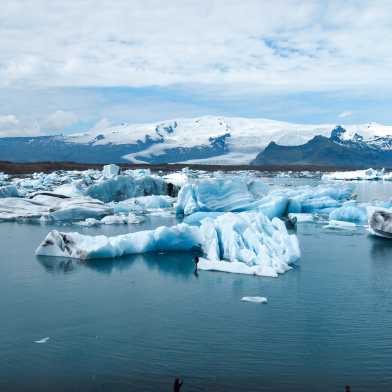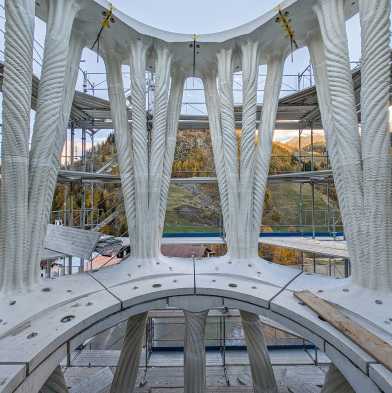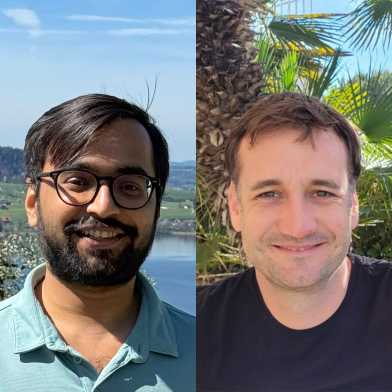April 2025
Innovative sediment management in hydropower

Storage hydropower plants in the Alps play a major role in the electricity supply. However, sedimentation reduces their storage capacity year after year, which can also lead to safety issues at dams. ETH researchers and power plant operators are examining the effects of diverting fine sediments via the turbines.
Climate change alters Earth's rotation

Due to global warming, ice sheets and glaciers are melting, which is also affecting the Earth's rotational axis. In the worst-case scenario, the geographic North Pole could shift as much as 27 metres to the west by 2100, according to a new study by Dr Mostafa Kiani Shahvandi and Professor Benedikt Soja published in the journal Geophysical Research Letters. For their calculations, they analysed the movement of the Earth’s poles under different climate scenarios from 1900 to 2100.
Exercise, team spirit and fun – that's bike to work

Exercise contributes significantly to our health. Those who bike to work already complete a daily fitness programme – healthy, economical and environment-friendly. That's why ETH Zurich is taking part in the bike to work Challenge: strengthen team spirit, jump on your bike in May & June and win great prizes.
Setting new standards for 3D-printed concrete construction

An innovative concrete formulation combined with novel reinforcement strategies and design methods, all developed by researchers at ETH Zurich, have paved the way for the large-scale 3D printing of load-bearing components. Starting in May, these can be admired as the building blocks of the world’s tallest 3D-printed tower.
Towering feat in an alpine village

ETH Zurich has fabricated the world’s tallest 3D-printed structure. With the construction of the White Tower in Mulegns, researchers hope to bring innovative technologies to commercial maturity.
Horizon Grant for two Environmental Engineers

The «WaldLab Forest Experimental Site» on Hönggerberg in Zurich is a key site in the international EU Horizon project CryoSCOPE, which started in February 2025. CryoSCOPE investigates the interplay between atmospheric, cryospheric, and hydrologic systems across various landscapes, including the Swiss Alps, Finnish Lapland, Svalbard, and the Himalayas. A key focus is on quantifying hydrologic partitioning, so how precipitation is distributed into streamflow, groundwater, and evapotranspiration.